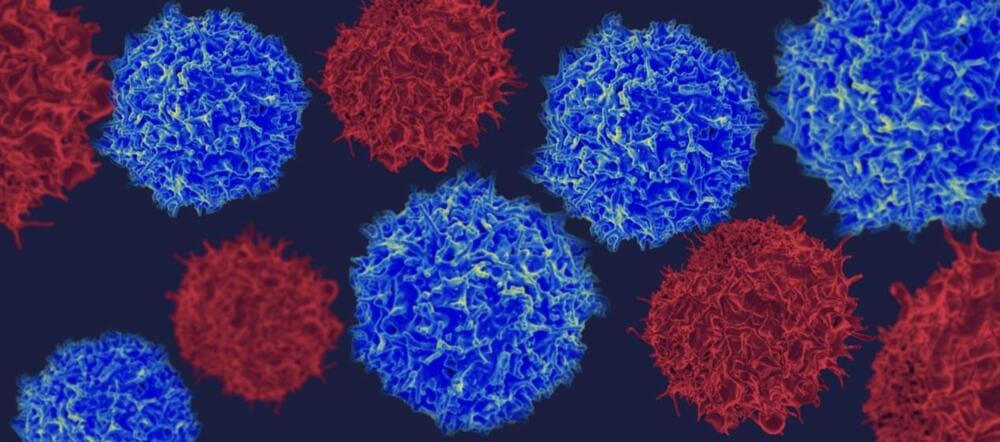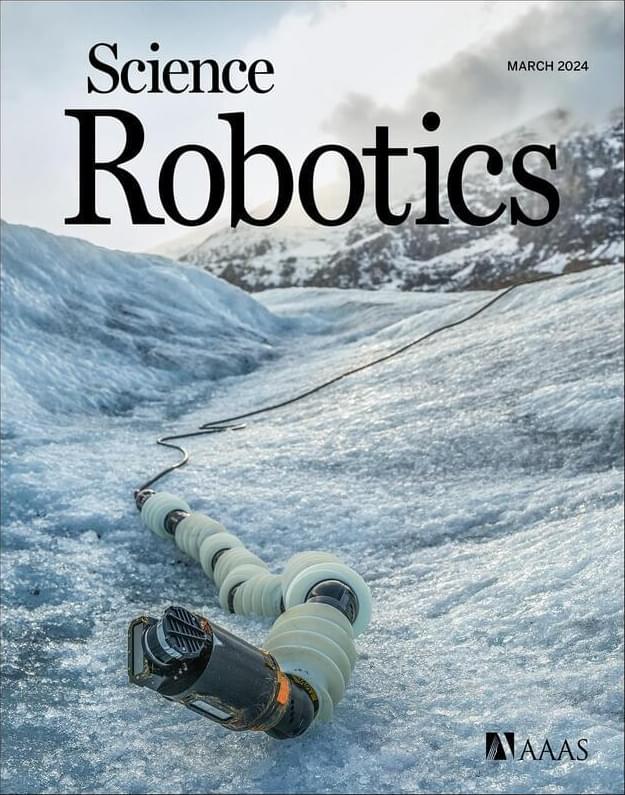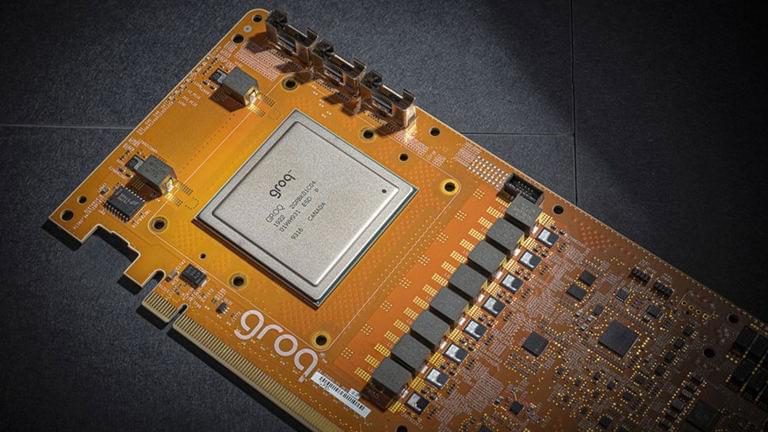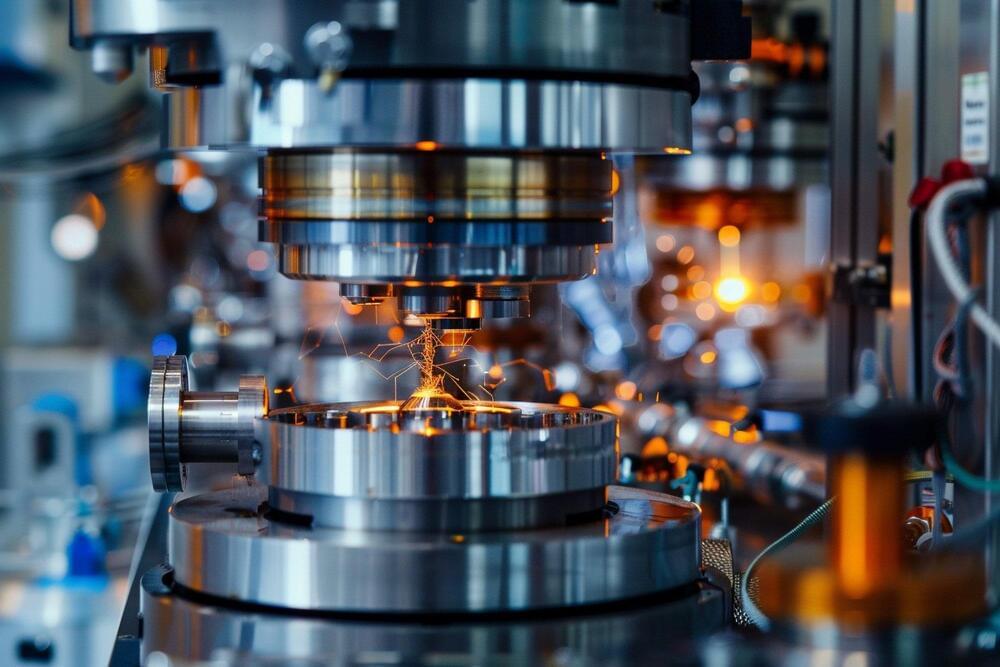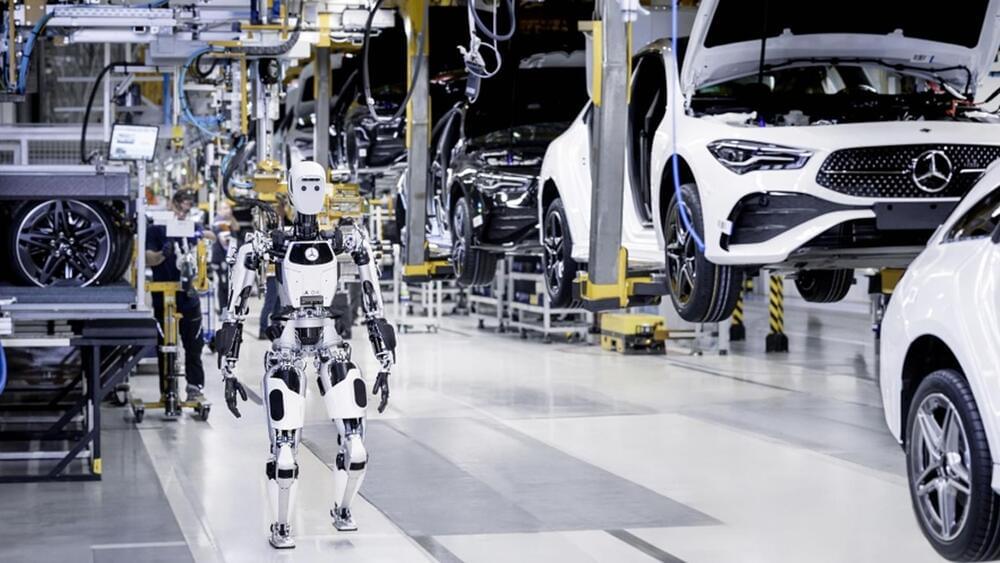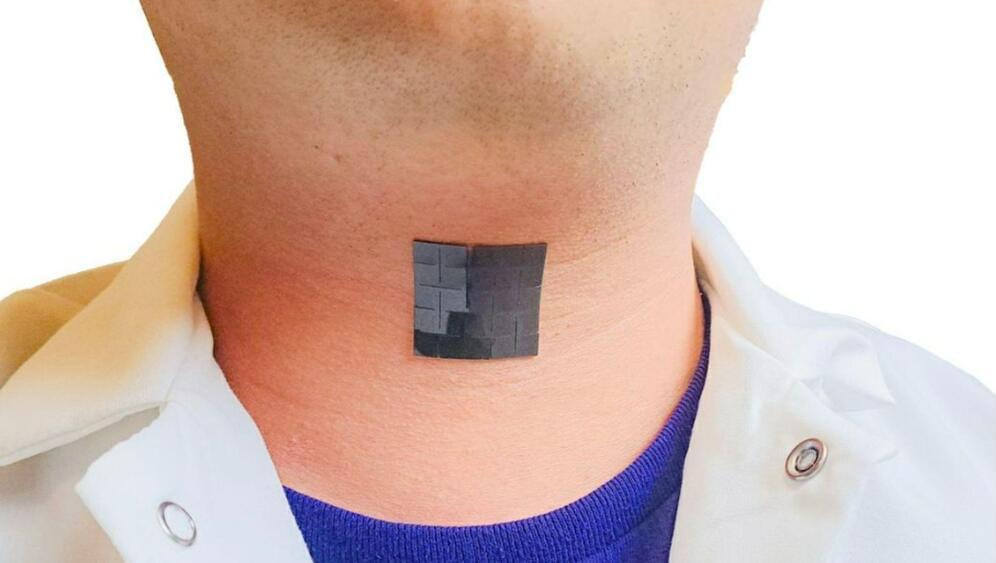Mar 18, 2024
Machine Learning Can Spot Tumor-Reactive TCRs, Speed Immunotherapies
Posted by Shubham Ghosh Roy in categories: biotech/medical, robotics/AI
The manufacturing process for personalized T-cell therapies hardly begins before it stalls. Why? Right at the start, there is a severe bottleneck: the need to identify patient-derived, tumor-reactive T-cell receptors (TCRs).
To overcome this bottleneck, scientists at the German Cancer Research Center (DKFZ) and the University Medical Center Mannheim have developed predicTCR, a machine learning classifier. According to the scientists, it can identify individual tumor-reactive tumor-infiltrating lymphocyte (TILs) in an antigen-agnostic manner based on single-TIL RNA sequencing.
The scientists also assert that prediTCR can halve the time it takes to get past the bottleneck, helping to reduce the overall time needed to make a personalized T-cell therapy for cancer patients. Since the overall time is at least six months, any reduction in the time needed to complete any manufacturing step is welcome.
